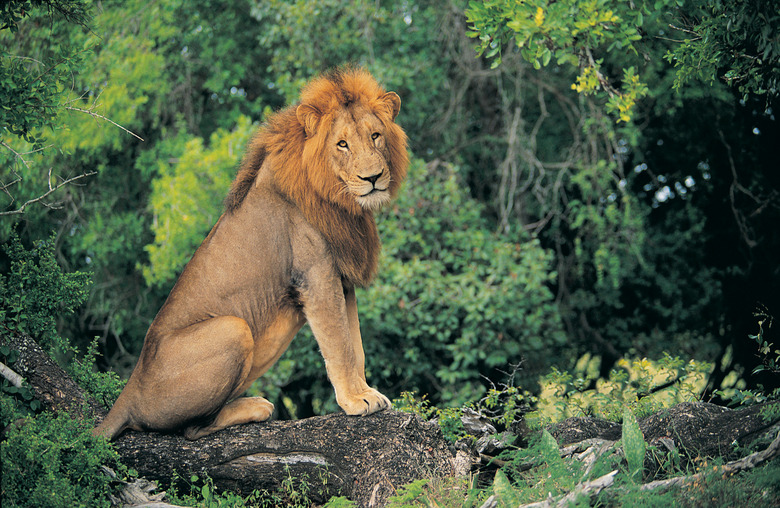Physical Address
Suite 5, 181 High Street,
Willoughby North NSW 2068
Physical Address
Suite 5, 181 High Street,
Willoughby North NSW 2068

Both African and Asiatic lions will seek out specific habitat features for the purpose of shelter, whether it’s to rear their young or beat the heat. Indeed, these powerful big cats — such explosive beasts in action — spend most of their time lounging and napping, conserving their energy mainly for the hunt.
Lionesses utilize heavy cover to give birth and shelter their cubs, vulnerable to a wide range of predators — including male lions. Choice “denning” sites include deep thickets or dense grass, heavy riverside woods and rock outcrops, including the isolated, boulder-studded buttes called “kopjes” in East Africa.
To conserve energy and contend with the tropical heat, lions spend much of the daylight hours sleeping or resting. They commonly nap under trees, within thickets or atop cool, breezy kopjes. While not nearly as adept at climbing as leopards, lions will clamber into low-hanging canopies to lounge.
Trees also offer lions a refuge from biting insects and aggressive beasts such as elephants and buffalo. The lions of Tanzania’s Lake Manyara National Park are especially known for tree-climbing. Some speculate that the park’s dense populations of tsetse flies and Cape buffalo — which, while favored lion prey, can be dangerous to the big cats — may encourage lions to seek out aboveground resting places.